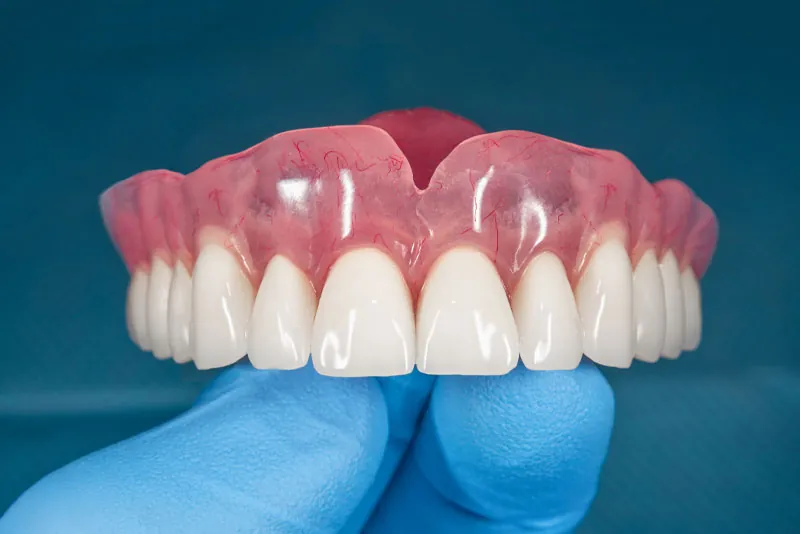Hair loss has led many to explore hair transplant options, including the growing trend of body hair transplants. This procedure involves extracting hair follicles from donor areas and transplanting them to areas such as the beard, eyebrows, eyelashes, chest, or mustache. Understanding the process can help you make an informed decision and prepare effectively.
Body Hair Transplants
Body hair transplant procedures are gaining popularity among individuals seeking to restore hair density in specific areas. Whether for aesthetic reasons or to address patchiness, these procedures offer a tailored solution to meet individual needs. By utilizing advanced techniques, surgeons can achieve natural-looking results that blend seamlessly with the patient’s existing hair. Some common types of body hair transplants include:
- Beard Transplant: Beard transplants address thin or patchy facial hair. Hair follicles from the back of the scalp are often used due to their similarity in texture and growth pattern. The transplanted area may appear red and swollen for a few days after the procedure.
- Eyebrow Transplant: Eyebrow transplants require precision to match the natural direction and angle of hair growth. Surgeons place each follicle carefully to replicate the natural pattern. Recovery typically takes one to two weeks, during which the treated area should be kept clean and free from contact or rubbing.
- Chest Transplant: Chest transplants are sought by individuals looking to enhance chest hair density. Donor hair is often sourced from the arms or legs and follows the natural chest hair growth pattern once transplanted.
Choosing the right surgeon with expertise in body hair transplants helps achieve the best results. Following post-procedure care instructions supports healing and growth. With proper care, these transplants can significantly enhance appearance.
The Transplant Process
Before the procedure, you’ll have a consultation with your surgeon to determine the best technique based on your hair loss and goals. Techniques like Follicular Unit Extraction (FUE) or Follicular Unit Transplantation (FUT) are commonly used to extract hair follicles. The procedure is performed under local anesthesia for your comfort. The procedure time varies depending on the treatment size and number of grafts needed. Once extracted, the follicles are carefully implanted into the recipient area.
Recovery and Aftercare
Recovery times vary depending on the treated area and individual healing rates. Common side effects include swelling, redness, and mild discomfort in both the donor and recipient areas, which usually subside within a few days. Most individuals can return to work within a short period, but areas like the face may need extra downtime for visible healing.
Surgeons provide detailed aftercare instructions to promote a smooth recovery. These typically include guidelines on washing, sleeping positions, and activity restrictions during the healing process. Following these instructions carefully helps minimize complications and optimize results.
Timeline for Results
Transplanted hairs often fall out within the first few weeks. This phase, known as “shock loss,” is a normal occurrence. New hair growth usually starts around three to four months after the procedure. Over time, the growth process continues to improve. Full results are typically visible within 12 to 18 months.
See if Hair Transplant is Right for You
Transplant procedures are a viable option for addressing specific concerns related to hair loss—research qualified surgeons in your area and schedule consultations to assess your needs and goals. With thorough planning and realistic expectations, you can achieve effective results.









Leave a Reply